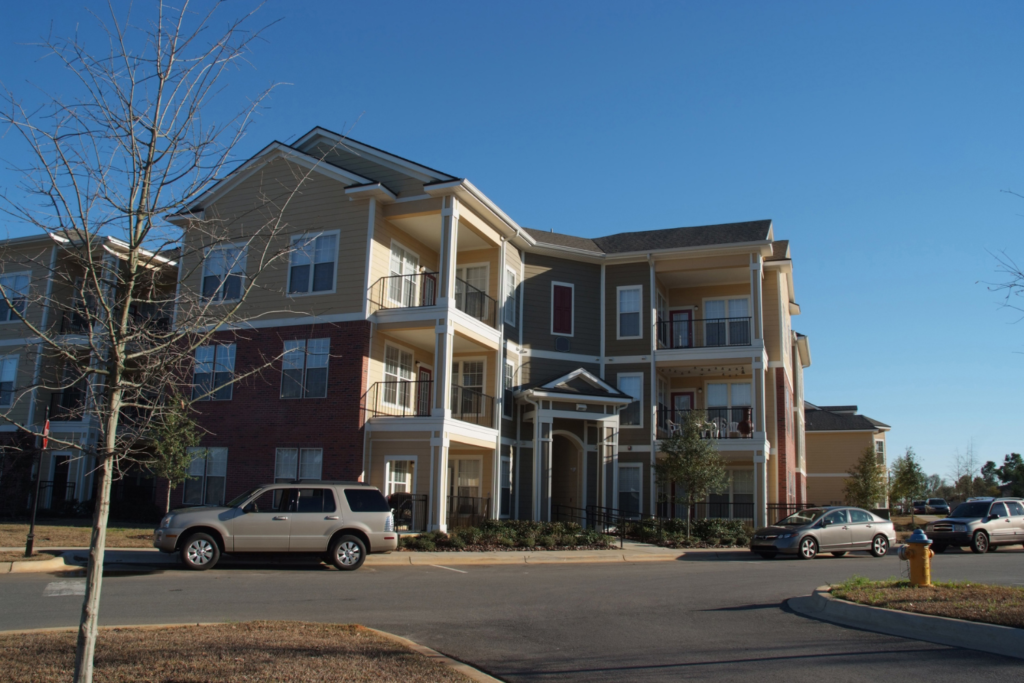The in-person services provided by an educated expert are always expensive. Consider rates charged by lawyers, physicians, dentists, and financial advisers.
Hit hard by state budget cuts, four-year public colleges raised tuition and fees are climbing. According to The College Board, the average tuition increase was 4.5% at private colleges, and 7.9% at public universities.
The ten-year historical rate increase of about 6% is substantially higher than the general inflation rate and higher than the average increase in personal incomes. These charges do not include other rising costs for room and board, books, supplies, equipment, and transportation.
According to the National Center for Education Statistics, the average annual cost of tuition and room and board for a public university was $11,578 and the average annual cost of tuition and room and board for a two-year public college was $6,966.
In this post:
Projected Costs for Tuition and Fees
Based on average tuition and fees as reported by The College Board, which assumes a 6% annual increase, private college students enrolled today will spend $119,400 after four years of enrollment. By 2029, those costs will climb to an average of $340,800.
In-state residents presently enrolled today in public universities will spend an average of $33,000 for tuition and fees by graduation. Those expenses will amount to $95,000 for a four-year education. Surprisingly, the price tag for students enrolled today at two-year community colleges and two-year private colleges will come to $68,800.
79% of students received some sort of financial aid. There are many guides available to help students find ways to reduce costs. But only those whose parents make less than $40,000 get a really good financial aid package with more grants than loans.
Are Systematic Rate Increases Sustainable?
The average total cost of attendance at a public four-year college, including room and board, is now $15,213, according to the College Board report.
Still, the College Board reports that 32% of full-time public college students pay less than $6,000. At the opposite end of that spectrum are those students who pay excessively high costs — one-fifth of all private school students pay more than $36,000 a year for their education.
Expert Personal Attention Is Always Expensive
The billings charged by enterprises that use highly educated labor to provide their revenues have gone up at the same rate as college tuition. Face-to-face interaction with expensive college-educated specialists will only keep climbing in the future.
College labs and libraries also need periodic investment to maintain relevance and quality. Universities and colleges must play what Messrs.
To keep up with the competition, administrators seem to bow to professors’ demands for reduced teaching loads, recruiting more teachers to fill the vacancies. They improve student housing and provide costly counseling and health care centers for students, all to keep up with the competition.
Can Online Education Reduce Costs?
The Internet cannot deliver a professor’s tone of voice, gestures, and facial expressions. Therefore, they write that online classes cannot provide the impact of a physical classroom and in-person appeal of a well-known, respected, published, and well-paid teacher.
Online education may be quite affordable than a traditional environment due to the obvious savings on transportation, such as gas, bus pass, and parking. Also, students do not need to live on or near the campus, so there’s no need for expensive housing or meal plans. There may be no need for expensive textbooks either. But tuition costs vary dramatically among online institutions.
The Major Nonfinancial Reason Why Students Drop Out
Only 53% of American college students actually graduate, a rate that is among the lowest in the developed world. Why does each college freshperson have only a one in two chance of graduating? Rather than spending four years to win a degree, the average graduate now takes six years to do so. At an average cost of $36,000 per year, a degree can then total $216,000 without including interest charges for student loans.
Some students flunk out, but twenty-nine percent drop out. The most common nonfinancial reason the dropouts give: they say their initial exposure to higher education was impersonal. Recall those freshmen classes you endured that were conducted in auditoriums with papers and assessments graded by a computer? Could you even see your professor?






